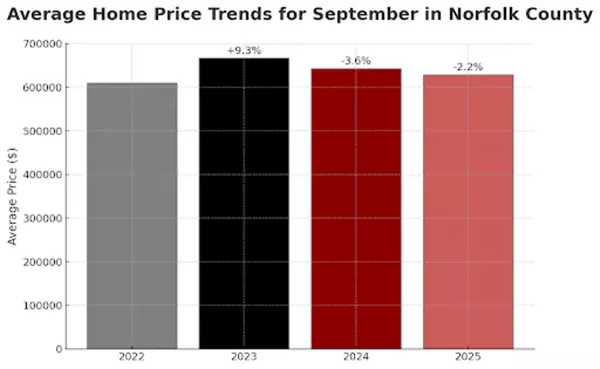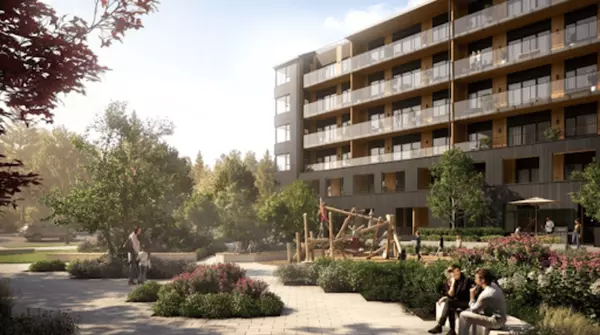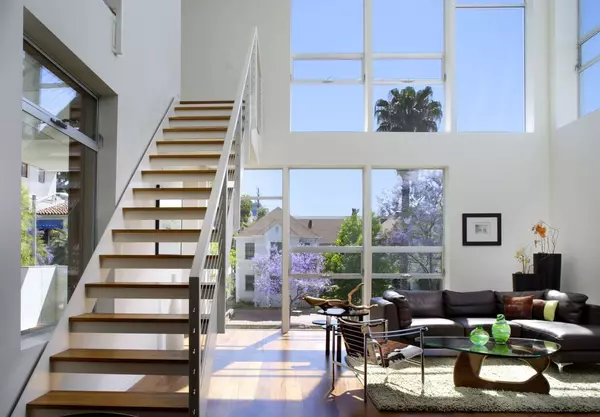Canada’s Office Market in Q3 2025: National Recovery Signs Led by Toronto
The Canadian office market is showing cautious optimism, with the first signs of recovery in over a year, according to CBRE reports for the third quarter of 2025. After a period marked by rising vacancies and subdued leasing activity, national net absorption returned to positive territory, largely fueled by exceptional strength in Toronto. At the same time, significant shifts continued in tenant preferences, with high-quality, modern office spaces outperforming older inventory. While some cities experienced notable tightening, others faced ongoing challenges, revealing a market still in transition but increasingly supported by conversions, reduced sublet supply, and selective demand.
National Market Trends
Net Absorption Moves Into Positive Territory
For the first time since Q2 2024, the national office market recorded positive net absorption, reaching 1.13 million sq. ft. in Q3 2025. This improvement was almost entirely driven by Toronto, which alone contributed 1.6 million sq. ft. of positive absorption. Without this performance, the national market would have remained flat, highlighting Toronto’s outsized role in shaping the broader trend.
Flight-to-Quality Reaches New Heights
Tenant demand for top-tier offices has become the defining feature of the market. Downtown Class A vacancy declined by 90 basis points, the largest quarterly improvement since 2008, settling at 16.1%. Trophy assets, the most coveted segment of Class A, posted their third straight quarter of declining vacancy. In contrast, Class B and C properties continued to shed tenants, as occupiers increasingly prioritize modern amenities, energy efficiency, and prime locations.
Vacancy Rates Show Broad Improvement
Vacancy rates moved downward in most Canadian markets, though not uniformly. The national downtown vacancy rate dropped 50 basis points to 19.5%, marking the steepest quarterly tightening since 2011. Suburban areas also improved modestly, with vacancy falling 20 basis points to 17.0%. Despite these gains, Vancouver and Waterloo remain above their post-pandemic highs, showing uneven recovery patterns across the country.
Sublet Space Continues to Shrink, Except in Calgary
Nationally, sublet space contracted for the ninth consecutive quarter, declining by 279,000 sq. ft. in Q3 2025 and sitting nearly 28% below its peak in mid-2023. Halifax, Edmonton, Montreal, and Toronto all recorded significant reductions in sublet availability, helping ease pressure on overall vacancy rates. Calgary, however, bucked the trend as ongoing mergers and acquisitions activity in the energy sector added large blocks of space to the sublease market.
Conversions and Construction Pipeline Thinning
Conversions surged in Q3 2025, with over 991,000 sq. ft. of office space removed from inventory, most of it slated for residential redevelopment. Since 2021, nearly three-quarters of all converted space has been directed toward residential use, with cities such as Calgary, Ottawa, and Edmonton seeing vacancy relief as a result. Meanwhile, the construction pipeline has thinned considerably, with just 2.6 million sq. ft. of space under construction nationally.
Highlights From Key Canadian Cities
Vancouver
Vancouver experienced slowing demand, recording 117,025 sq. ft. of negative absorption despite delivering 166,000 sq. ft. of new suburban office space, just over half of which was pre-leased.
Calgary
Calgary remains a unique case, with dynamics shaped heavily by the energy sector. Despite recording a negative absorption of 59,519 sq. ft., the city’s downtown vacancy rate still edged down to 30.3%, thanks to buildings being removed for conversion projects. Calgary has led the country in office-to-residential conversions since 2021, helping to temper otherwise higher vacancy levels. Despite this, consolidation in the energy industry continues to flood the sublease market, which has now grown to 2.2 million sq. ft. Trophy buildings have not been immune in Calgary, as Class AA vacancy has climbed to 19.6%.
Winnipeg
Winnipeg’s overall office market weakened in Q3 2025, with vacancy rising to 16.4% due to nearly 95,000 sq. ft. of negative absorption. The downtown Class A segment proved resilient, however, tightening to 13.5% as employers favoured higher-quality space. Suburban vacancy, on the other hand, rose to 11.7% as demand faltered.
Toronto
Toronto had one of its strongest quarters in recent history, posting nearly 1.6 million sq. ft. of net absorption. Downtown vacancy dropped 150 basis points to 17.0%, with Class A product tightening by an even sharper 250 basis points. Importantly, all leasing activity occurred within existing buildings, as no new supply was delivered this quarter. Toronto also continues to dominate the development landscape, accounting for nearly 80% of all office space currently under construction nationwide.
Ottawa
Ottawa also faced challenges, with negative absorption of 204,441 sq. ft., though conversions helped ease downtown vacancy.
Montreal
Montreal posted the steepest decline among major cities, with negative net absorption of 270,330 sq. ft. The market remains polarized, with downtown Class AAA assets holding firm at 7.6% vacancy, while Class B assets saw vacancy climb to 24.6%.
Halifax
Halifax delivered its strongest absorption performance in nearly eight years, with 165,223 sq. ft. of positive net absorption. Suburban markets were particularly robust, capturing the bulk of leasing activity, while Class A buildings continued a seven-quarter streak of positive absorption. Vacancy fell by 130 basis points to 10.8%, and sublet availability dropped to just 2.0%, one of the lowest levels in the country. Lower asking rents, averaging $15.95 per sq. ft., helped support the uptick in leasing momentum.
Recent Posts









